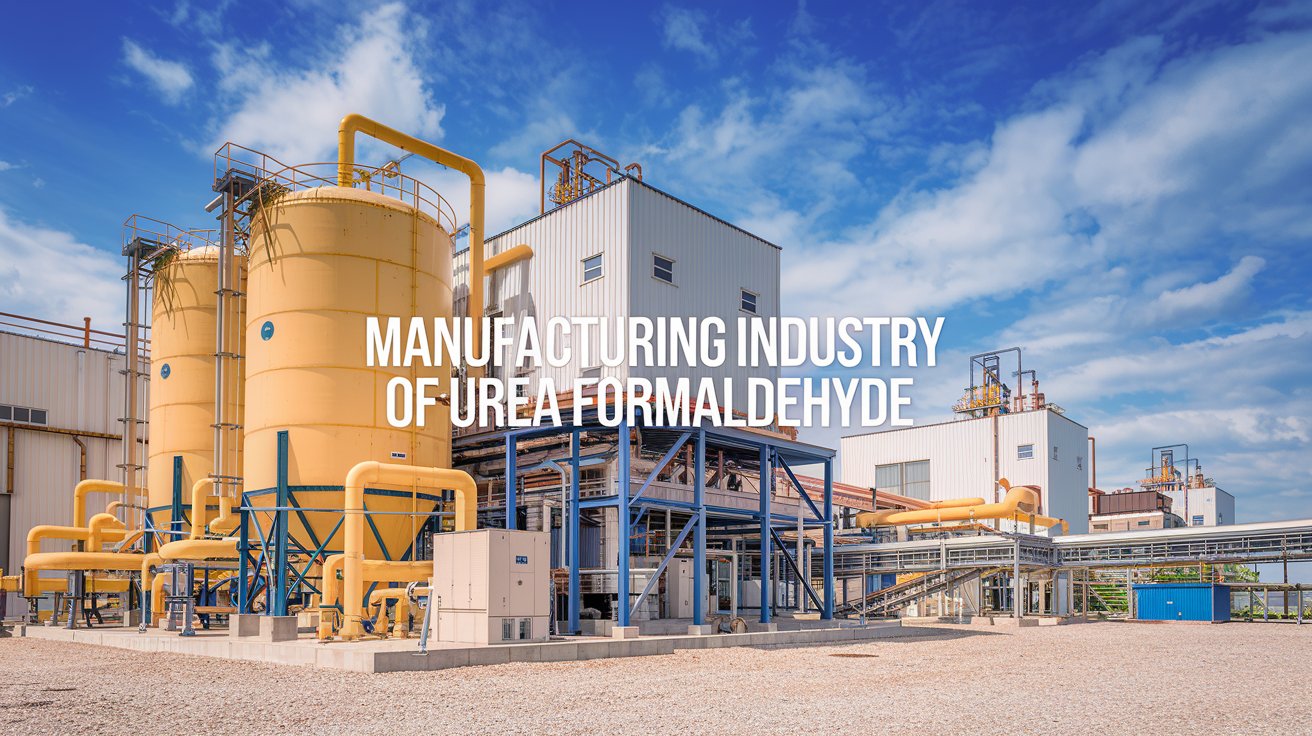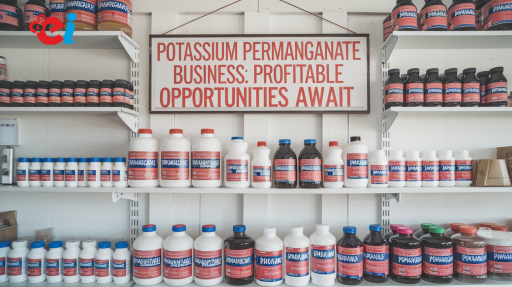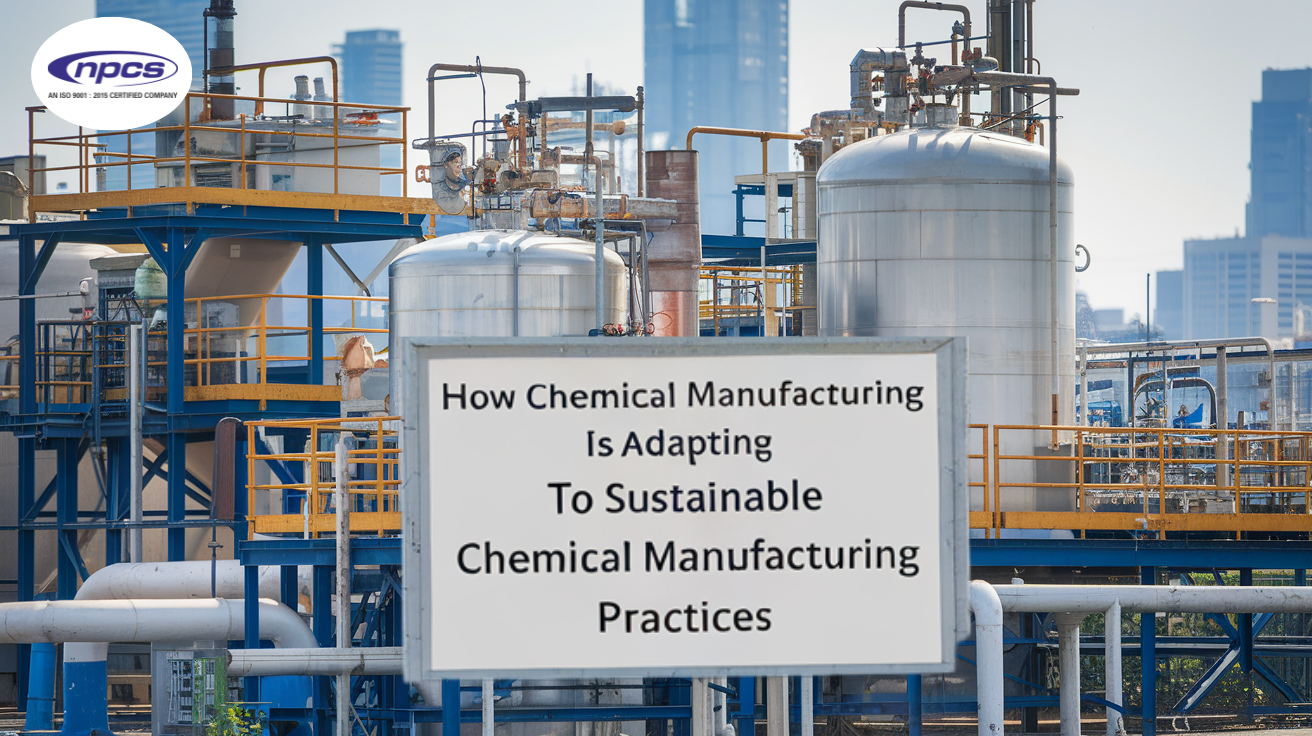Urea formaldehyde (UF) is a thermosetting synthetic resin obtained by heating formaldehyde and urea in a controlled environment. This compound has many applications in industry and is important in various industries, especially in the wood and furniture sector. If you are looking for a business idea that has potential for growth, starting a urea formaldehyde manufacturing business can be a profitable investment.This article is about urea formaldehyde uses, market trends, manufacturing processes and tips for success in starting a urea formaldehyde business.
What is Urea Formaldehyde?
Urea Formaldehyde (UF) is an opaque resin used in adhesives, coatings and solvents. Manufacturers have widely used this combination to produce products such as plywood, chipboard, and even textiles. Known for its low cost, quick curing and strong adhesive properties, urea formaldehyde is one of the most popular additives in the woodworking industry.
Why Start a Urea Formaldehyde Business?
The Urea Formaldehyde industry is witnessing continuous growth in recent years, due to increasing demand in various sectors. Here’s why you should consider starting a urea formaldehyde business:
Wide Range of Applications: Industries such as furniture, construction, and automotive use urea formaldehyde extensively due to its strong adhesive properties.
Growing Market: The value of the global market for UF resins was USD 10.4 billion in 2019, and experts expect it to reach USD 14.3 billion by 2025, with a CAGR of 4.5%.
Cost-Effective Production: Compared to other resins, UF resins are less expensive to produce, which leads to higher profit margins for manufacturers.
Eco-Friendly Innovations: With the rise of eco-conscious consumers, many manufacturers are now focusing on producing low-formaldehyde UF resins, opening up opportunities for innovation.
Scalability: You can start small with minimal investment and scale up as your business grows.
Benefits of Starting a Urea Formaldehyde Business
Venturing into the urea formaldehyde manufacturing industry comes with various advantages:
High Demand: The furniture and construction sectors around the world use urea formaldehyde, ensuring steady demand.
Diverse Markets: The versatility of urea formaldehyde allows you to target multiple industries such as textiles, automobiles, and agriculture.
Innovation Opportunities: The resin’s properties make it open to new formulations, especially in developing low-emission products, making your business adaptable to market needs.
Profit Potential: With its lower production cost compared to other adhesives, urea formaldehyde offers high margins.
Export Potential: Urea formaldehyde is in high demand internationally, allowing you to expand your business into global markets.
Top Applications of Urea Formaldehyde
Woodworking Industry
- Plywood Manufacturing: UF resins are widely used as adhesives in plywood and provide strong adhesive properties.
- Particle board: UF glue acts as a glue in the particle board and ensures proper structure.
Textile industry
- Wrinkle-free fabrics: UF resin is used to make durable and wrinkle-free fabrics in the textile industry.
AgricultureSlow
- Release fertilizers: UF resins are used in fertilizers to control the release of nitrogen over time and increase efficiency.
Automotive industry
- Interior components: The automotive industry uses UF resins to produce lightweight components such as door panels and dashboards.
Construction
- Adhesives: Manufacturers use UF-based adhesives in a variety of construction applications to create strong and durable bonds between materials.
Production Process of Urea Formaldehyde
Starting a urea formaldehyde manufacturing business requires a thorough understanding of the manufacturing process. Here is an overview of the main steps:
Raw material preparation: Two main materials are required: urea and formaldehyde. Ensuring that both are maintained is essential to the production process.
Synthesis: Urea and formaldehyde are subjected to a reaction under controlled temperature to form resin. This process is usually done in a reactor.
Cooling: After mixing, the resin mixture is cooled to allow the polymer to form.
Dilution: Resin is diluted with water or other substances to achieve the desired viscosity and composition.
Curing Agents: Curing agents start the polymerization process, which hardens the resin and increases its adhesive properties.
Quality Control: Strict quality control ensures that the final product meets industry standards and specifications.
Packaging: Once the resin has been tested, it is packed in containers suitable for storage and transport to end-users..
Machinery Used in Urea Formaldehyde Manufacturing
Having the correct machines is very important for efficient production in the urea formaldehyde manufacturing business. The below is a brief overview of the necessary machines:
- Reactor: They synthesize urea and formaldehyde at controlled temperatures to form the resin.
- Cooling Systems: They cool down the resin mixture and allow proper polymer formation after the reaction has happened.
- Storage Tanks: They hold raw materials (urea and formaldehyde) as well as the final product before packaging.
- Dilution Equipment: Helps to mix resin with water or other agents in order to get the right consistency.
- Curing Agent Mixers: They add curing agents which kick-start polymerization process thereby hardening resins.
- Quality Control Machines: Used for testing viscosity, adhesive strength, and other quality parameters for resin.
Starting Your Urea Formaldehyde Business
To establish a successful urea formaldehyde manufacturing business, follow these steps:
Market Research: Conduct a thorough market analysis to identify potential buyers, competitors, and demand trends in your target industry.
Business Plan: Develop a comprehensive business plan outlining your production goals, marketing strategies, financial projections, and growth plans.
Regulatory Compliance: Ensure that your facility meets all local and international regulations regarding the production of chemicals, including environmental and safety standards.
Equipment Setup: Invest in the right equipment such as reactors, cooling systems, and storage tanks for the efficient production of UF resins.
Supply of raw materials: Create long-term contracts with urea and formaldehyde suppliers to ensure continuous production.
Quality Control Requirements: Establish a quality control system to ensure that each batch of urea formaldehyde meets the required standards.
Marketing and Sales: Promote your products through trade shows, online platforms and networking with key players in industries such as manufacturing and materials.
Research and Development: Continue to invest in Research and Development to adapt your product line to innovation and adapt to market needs, such as creating eco-friendly resins.
Conclusion
Due to the wide range of resin applications and increasing market demand, starting a urea formaldehyde manufacturing business can be a profitable and profitable investment. By understanding the manufacturing process, focusing on quality control and using various industries, you can build a successful business. Stay abreast of market trends and innovations to keep your business afloat in this competitive sector. By expanding into global markets, investing in R&D and focusing on eco-friendly products will put your urea formaldehyde business on the path to long-term success..
Some More Links
Join With Us
Related Blogs
https://www.niir.org/blog/the-most-profitable-chemical-industry-business-in-the-philippines/#
https://www.niir.org/blog/starting-a-silicon-crystals-business/#
https://www.niir.org/blog/from-idea-to-reality-starting-own-sodium-benzoate-production/
Join us on YouTube
https://www.youtube.com/c/NIIRproject/playlists






